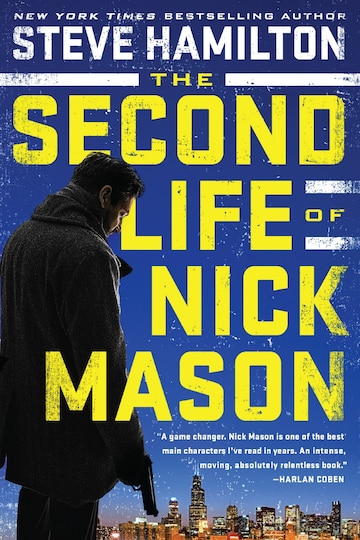Last Friday, my wife Barbara and I celebrated our 32nd wedding anniversary.
For 31 of those years, we've had from one to three cats, and knowing that Ernie and Jewel will probably be our last pets is disconcerting, especially since both are developing health issues at a much younger age than we expected. Jewel has been on steroids (forfeiting her football scholarship) for nearly two years to fight her asthma (yes, cats get asthma!) and she's beginning to exhibit some of the side effects that the drug can cause.
Ernie has developed stage two kidney disease. So far, he loves his diet food--he has always eaten like a teen-aged boy--and is responding well to the blood pressure meds he takes because of the kidney problem. But both cats are only nine years old, and they've been together almost from Ernie's birth.
Barb and I met at a theater audition not long after I'd adopted a cat from someone who couldn't keep her. Many of out theater friends pointed out that cats fend for themselves more easily than dogs--which we both grew up with--if their servants have a schedule that involves late rehearsals or travel.
Cats are better teachers, too. They can demonstrate everything an actor needs to know about concentration, and they help me with my writing now because they give me a sense of proportion. Dogs may pretend they like a chapter because they want you to feed them. Cats don't care. If you don't feed them, they'll go out and kill something...or tear up the couch and stare at you so you understand it was your own damn fault.
A character in Jodi Picoult's House Rules claims that all cats have Asperger's syndrome, and it may be true. If you have a cat, you know it's always about them. Cats are narcissists at heart, and that fits well with some of the great villains in literature: Moriarty, Goldfinger, Hannibal Lector, or Edmund in King Lear. When cats stalk their prey, they model a focus that can be truly frightening, but the also convey a calculation that works with either villains or sleuths.
Cats can help you depict character quickly in other ways, too. What does it show you if a person doesn't like animals--or, better yet, if animals don't like him? Fran Rizer's Callie Parrish has a Great Dane. Robert Crais gave Elvis Cole a feral cat. He's just called "Cat," which says it all, doesn't it? Linda Barnes's PI Carlotta Carlyle has a cat, too. Megan Traine, the female protagonist of my Chris "Woody" Guthrie novels, has two cats. She named the tuxedo with double paws Clydesdale (usually "Clyde"), and calls his calico sister Bonnie.
Remember the Disney film That Darn Cat (I know I'm dating myself here)? Dean Jones's character was allergic to cats, and it helped deepen his character. Clint Eastwood played a New Orleans detective with two children in 1984's Tightrope, and a crucial scene shows the family dog stuffed into a clothes drier. What does that tell us about the bad guy? Don't worry, he gets what's coming to him.
Many publishers and contests stipulate that an animal can't be killed or tortured in the story, and that just shows ho much most of us value pets. Watch the memes and petitions on Facebook if someone mistreats an animal. Some of my neighbors complain when a rabbit or raccoon gets into their garden, but sometimes I think I'd rather have a raccoon, rabbit, skunk, fox or coyote living across the street instead. We wouldn't talk politics and they take care of their space.




































